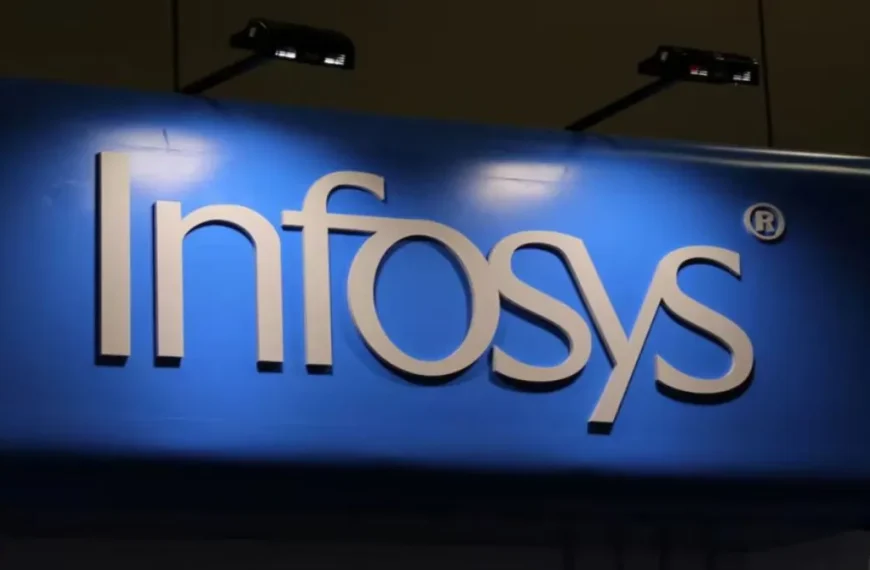Evolving Middle Class: A New Era for Consumer Brands
Fireside Ventures, a prominent investor in brands like Mamaearth, BoAt, Slurrp Farm, cult.fit, Pilgrim, and The Sleep Company, holds a fresh perspective on the middle class. Rather than shrinking, they assert that the middle class is diversifying into a myriad of consumer identities. Dipanjan Basu, co-founder and partner at Fireside Ventures, shared insights on how this transformation creates opportunities for newer brands, as established companies struggle to adapt.
The Fragmentation of the Middle Class
Many large FMCG players often bemoan a ‘shrinking middle class’. However, Basu highlights a different narrative.
- The middle class is not fading; it’s fragmenting into numerous unique segments.
- Traditionally, brands catered to a single middle-class model, but today, at least 7-8 distinct segments are emerging.
- While the desire for value remains constant, consumer preferences are increasingly diverse.
For instance, in the beauty and personal care sector, the market leader’s share has dropped from 25% in 2014 to 20% in 2024. Meanwhile, the number of brands achieving revenues over Rs 100 crore has skyrocketed from under 100 to more than 100. Projections indicate that by 2030, this fragmentation will continue, with 200-250 brands likely to cross the Rs 100 crore threshold. This trend is also visible in food and fashion, leading to heightened M&A activity.
Gen Z: The Game Changer in Consumer Behavior
Gen Z is rapidly transforming the landscape of consumer spending. Currently, this generation accounts for 25% of middle-class consumption, and this figure is expected to surge to 50-60% by 2030.
Key shifts driven by Gen Z include:
- Notable increases in spending in sectors like beauty, fashion, travel, sports, and fitness.
- Unlike their predecessors, Gen Z shows little loyalty to traditional brands, paving the way for innovative newcomers that resonate with their values.
Shifts in Consumer Spending Patterns
Recent research reveals a significant change in consumer spending habits.
- 7-10% of consumer expenditure is now directed towards health and fitness—an area that was largely overlooked just a few years ago.
- Emerging priorities include increased spending on travel, dining, and children’s necessities.
- Particularly, women aged 25-35 are investing more in health-related products.
Consumers are also making thoughtful trade-offs, willing to pay up to 20% more for essential products like children’s nutrition while cutting back on generic items. Trends like ‘no maida’ and ‘no palm oil’ are gaining traction even in Tier 2 and Tier 3 cities, although affordability remains a pressing issue.
Successful Brands Catering to New Demands
One standout example is The Sleep Company, which has generated revenues of Rs 500-600 crore and has established 150 stores in what was once a saturated market. Their success stems from providing premium comfort-tech products that fill a gap overlooked by traditional mattress manufacturers, proving that consumers are not simply buying more mattresses—they seek better quality and innovation.
Rapid Scaling of Emerging Brands
Today’s startups are achieving remarkable growth at an unprecedented pace.
- Brands can reach Rs 100 crore in revenue within 2-3 years and hit Rs 500 crore in just 4-5 years after securing institutional funding.
- This is a significant acceleration compared to brands that launched prior to 2020.
- Companies with revenues of Rs 600-800 crore typically raise only Rs 150-200 crore, demonstrating improved capital efficiency.
IPO Prospects Despite Market Challenges
Despite fluctuating market conditions, companies with robust fundamentals are not significantly postponing their IPO plans. While some may adjust valuation expectations, firms with a strong performance and a long-term vision are moving forward with listings.
Investment Strategies for 2025
Looking ahead, Fireside Ventures plans to continue investing in 10-12 companies annually, with a keen focus on trends driven by Gen Z consumption. Specific areas of interest include:
- Wellness, health, and nutrition.
- Regional brands transitioning from unbranded to branded status.
- Emerging subcategories that reflect demographic shifts and innovative business models.
As the middle class evolves, so too does the landscape for consumer brands, presenting a wealth of opportunities for those willing to adapt.











